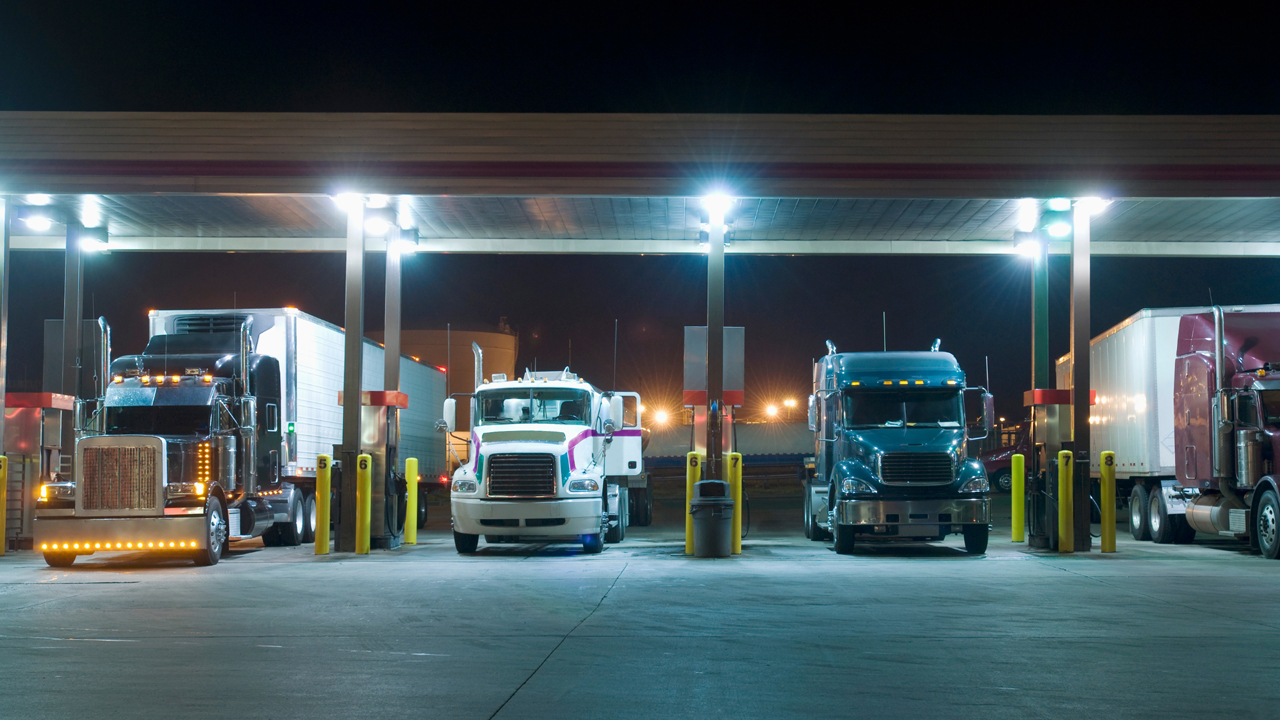
Typical Challenges Encountered When Loading Your Truck and Trailer
Trucks and trailers are the workhorses of the trucking industry. The intricate act of loadingAn additional cost built into the insurance premium to cover losses that are higher than expected fr... them, however, brings forth a myriad of challenges that can make or break your journey.
In this comprehensive guide, we’ll delve into the nitty-gritty of these typical challenges and offer practical solutions for each and how you can find cheap commercial truck insurance in California.
1. Understanding the Dynamics of Weight Distribution
Loading a truck or trailer isn’t as simple as tossing items in willy-nilly. A critical aspect of safe loading is understanding and maintaining proper weight distribution. Uneven weight distribution can lead to:
- Handling Difficulties: The truck or trailer may become difficult to steer, causing swaying or fishtailing.
- Mechanical Damage: Improper weight distribution can lead to unnecessary wear and tearExclusion common in property and auto insurance policies that denies coverage for damage that result... on the vehicle’s suspension and braking systems.
- Increased Risk of Accidents: Improperly loaded trucks are more likely to tip or roll over during sudden turns or stops.
To mitigate these risks, ensure you distribute the load evenly across the vehicle. Heavy items should be placed close to the axles, and loads should be balanced from side to side. Secure all items to prevent shifting during transit.
2. Navigating Loading Restrictions and Regulations
Another significant challenge is abiding by loading restrictions and regulations. Every state has its own rules regarding the maximum allowable weight, height, width, and length of a loaded truck or trailer. Non-compliance can lead to hefty fines and safety issues.
Make sure to familiarize yourself with the relevant regulations before embarking on your journey. Consider factors like the Gross Vehicle Weight Rating (GVWR)The maximum total safe weight of a vehicle, including cargo and passengers, as specified by the manu... and the Gross Axle WeightThe amount of weight transmitted to the ground by one axle, typically important for compliance with ... Rating (GAWR) when loading your vehicle.
3. Ensuring Proper Securing of Loads
Securing the load is critical to both safety and compliance with regulations, especially with commercial truck insurance policies. Unsecured items can shift during transit, leading to instability and potential accidents. Additionally, items that fall off the vehicle can pose a risk to other road users.
Utilize quality tie-downs, straps, and anchors to secure your load. Regularly inspect these tools for wear and replace them as needed. Also, consider using loading ramps for safe and efficient loading and unloading.
4. Mastering the Art of Space Utilization
Effective space utilization is both a science and an art. Improper use of space can lead to wasted capacityIn freight brokering, it refers to the available space a carrier has to offer at any given time for ... and inefficient fuel consumption. It can also make loading and unloading more time-consuming and labor-intensive.
To optimize space, plan your loading process carefully. Think of it as a game of Tetris – your goal is to fit all items together in a way that maximizes space, balances weight, and allows for easy access to essential items.
5. Weathering the Weather
Inclement weather can also pose significant challenges when loading your truck and trailer. Rain, snow, or high winds can make loading and unloading more difficult and hazardous.
Monitor the weather forecast closely and plan your loading activities accordingly. Use weather-resistant tarps and covers to protect your load from the elements.
6. Dealing with Specialized or Hazardous Cargo
Specialized or hazardous cargo requires particular attention and expertise to handle. Items such as flammable substances, toxic chemicals, or oversized equipment require additional precautions and regulatory compliance.
Obtain the necessary training and permits, use suitable handling and securing equipment, and strictly adhere to all regulations when dealing with such cargo.
7. Navigating Human and Environmental Factors
Finally, human and environmental factors can add another layer of complexity to the loading process. Factors like worker fatigue, time pressure, and worksite conditions can significantly affect loading operations.
Promote a culture of safety, allow ample time for loading operations, and adapt to the unique conditions of each worksite to navigate these challenges effectively.
8. Overcoming Equipment Limitations
Every truck and trailer comes with its own set of equipment limitations. From the load capacity of the vehicle to the durability of securing devices, equipment limitations often dictate the scale and method of loading operations. Overloading a truck or pushing equipment beyond its limits can result in damage to the vehicle, unsafe driving conditions, and even legal repercussions.
Ensure that the loading process respects the limitations of your equipment. Always stay within the load capacity of your vehicle and use reliable, high-quality loading equipment that is appropriate for the weight and nature of your cargo.
9. Managing Loading and Unloading at Different Locations
Loading and unloading at various locations can be another hurdle in the process. Each location – whether it’s a warehouse, a factory, or an outdoor event – presents unique challenges. Different terrains, varying loading dock designs, and distinct rules and regulations can complicate the process.
To overcome these challenges, a thorough pre-loading assessment of the site can prove useful. Anticipate potential issues and have a plan in place to handle them. If possible, also familiarize yourself with the layout and rules of the destination site to avoid surprises during unloading.
10. Handling Delicate or High-Value Items
Loading delicate or high-value items requires additional care and consideration. These items are often sensitive to movements, shocks, and changes in temperature or humidity. Mishandling can lead to significant financial loss and potential reputational damage.
To ensure the safe transportation of such items, use protective packing materials, secure them properly to avoid movement during transit, and monitor the storage environment to maintain optimal conditions. If necessary, consider using specialized loading equipment or services.
Frequently Asked Questions
1. What are some typical challenges when loading a truck and trailer?
Some typical challenges include managing weight distribution, complying with regulations, securing loads, optimizing space, dealing with weather conditions, handling specialized or hazardous cargo, and navigating human and environmental factors.
2. Why is weight distribution important when loading a truck and trailer?
Proper weight distribution is critical for safe handling and operation of the vehicle. Improper weight distribution can lead to handling difficulties, mechanical damage, and increased risk of accidents.
3. How can I optimize space when loading a truck and trailer?
Effective space utilization involves careful planning and organization of your load. Aim to fit all items together in a way that maximizes space, balances weight, and allows for easy access to essential items.
Conclusion
Loading a truck and trailer is undeniably a complex task with a wide range of solutions. Overcoming the challenges associated with it requires knowledge, care, and a keen eye for detail. With thorough understanding, sound planning, and adherence to regulations, these tasks can be effectively managed, contributing to safer, more efficient journeys.
Yet, even with the most meticulous attention to detail, things can go awry. Incidents on the road can occur, and when they do, you need a safety net from an insurance company. That’s where we come in.
After understanding the typical challenges encountered when loading your truck and trailer, it’s important to comprehend the role of insurance in safeguarding your operations. Enhance your knowledge by visiting our latest blog post on tractorA powerful motor vehicle designed primarily to pull trailers in commercial trucking operations. trailer insurance, offering key insights to protect your assets effectively against potential risks and liabilities.
At SoCal Truck Insurance, we provide cheap truck insurance tailor-made for your commercial vehicles. We’re committed to supporting you in navigating the challenges of the road, offering comprehensive coverageProtects against damages to a truck from non-collision-related incidents such as theft, fire, vandal... that grants you peace of mind. Get in touch with our insurance agents today!


